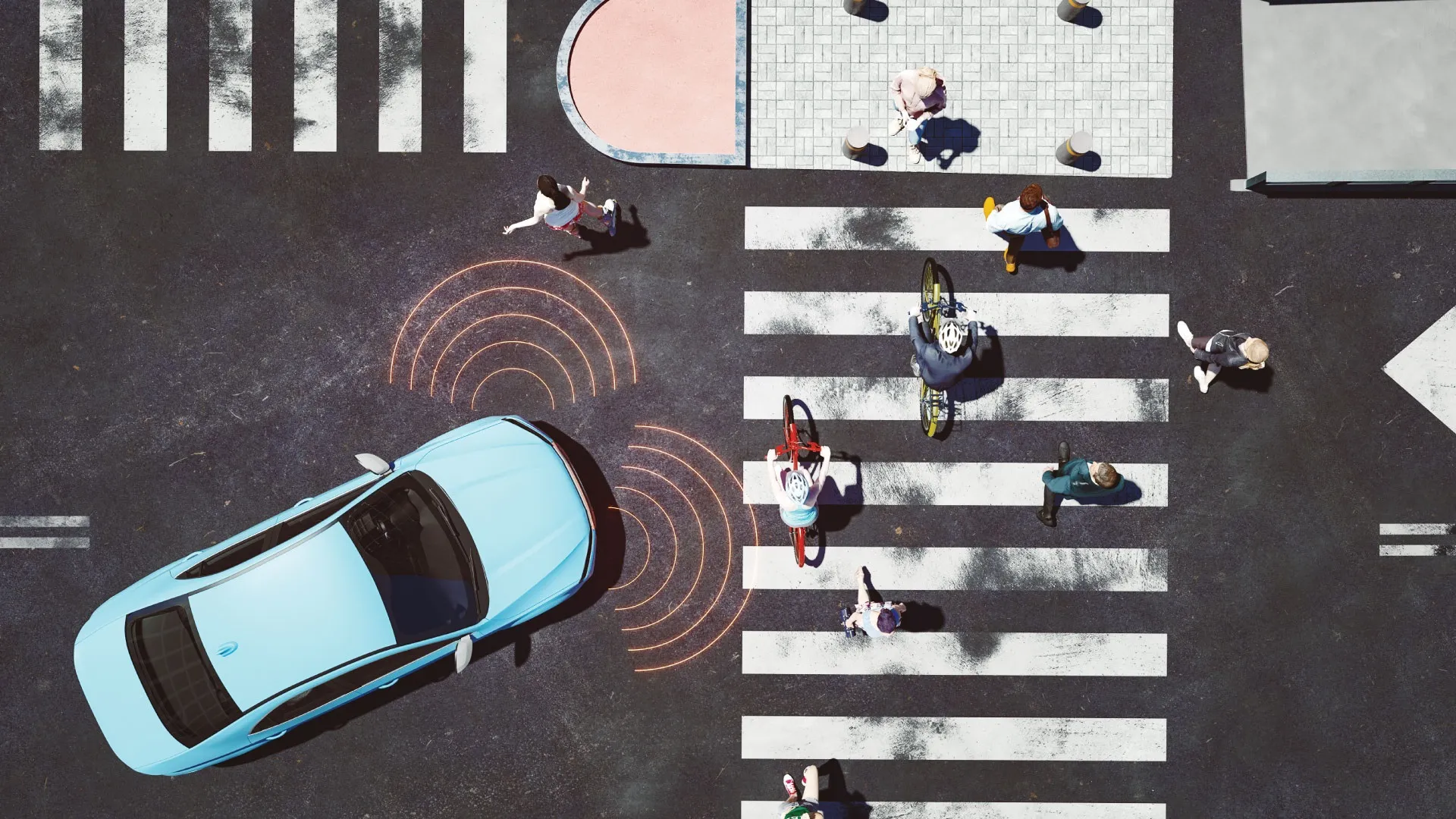A before and after study by the Norwegian Institute of Transport Economics, Transportøkonomisk institutt (TOI) of 223 speed cameras that were installed between 2000 and 2010 in Norway found a statistically significant reduction of injury crashes by 22 per cent on road sections between 100 metres upstream and one kilometre downstream of the speed cameras.
For killed and severely injured (KSI) and on longer road sections none of the results are statistically significant. However, speed cameras that were i
January 30, 2015
Read time: 2 mins
A before and after study by the Norwegian Institute of Transport Economics, Transportøkonomisk institutt (TOI) of 223 speed cameras that were installed between 2000 and 2010 in Norway found a statistically significant reduction of injury crashes by 22 per cent on road sections between 100 metres upstream and one kilometre downstream of the speed cameras.
For killed and severely injured (KSI) and on longer road sections none of the results are statistically significant. However, speed cameras that were installed in 2004 or later were found to reduce injury crashes and the number of KSI on road sections from 100 m upstream to both one kilometre and three kilometres downstream of the speed cameras. Larger effects were found for KSI than for injury crashes and the effects decrease with increasing distance from the speed cameras.
At the camera sites (100 metres up- and downstream) crash reductions are smaller and non-significant, but highly uncertain and may be underestimated. The study has controlled for trend, volumes, and changes of speed limits and other road characteristics.
Regression to the mean is controlled for by using the Empirical Bayes method.
For killed and severely injured (KSI) and on longer road sections none of the results are statistically significant. However, speed cameras that were installed in 2004 or later were found to reduce injury crashes and the number of KSI on road sections from 100 m upstream to both one kilometre and three kilometres downstream of the speed cameras. Larger effects were found for KSI than for injury crashes and the effects decrease with increasing distance from the speed cameras.
At the camera sites (100 metres up- and downstream) crash reductions are smaller and non-significant, but highly uncertain and may be underestimated. The study has controlled for trend, volumes, and changes of speed limits and other road characteristics.
Regression to the mean is controlled for by using the Empirical Bayes method.









